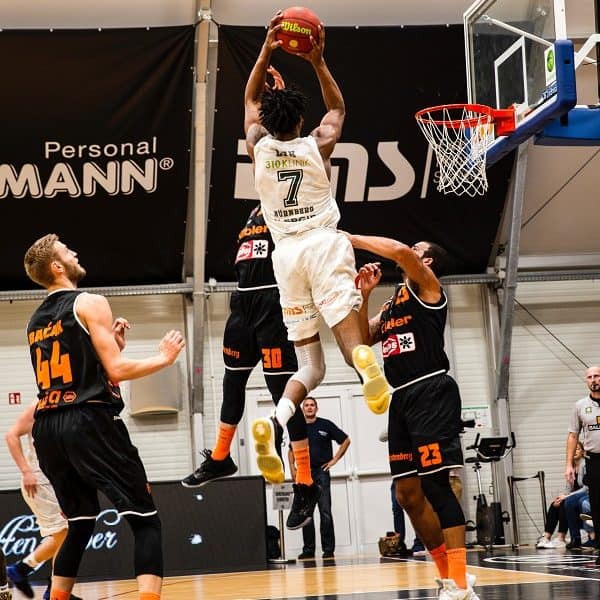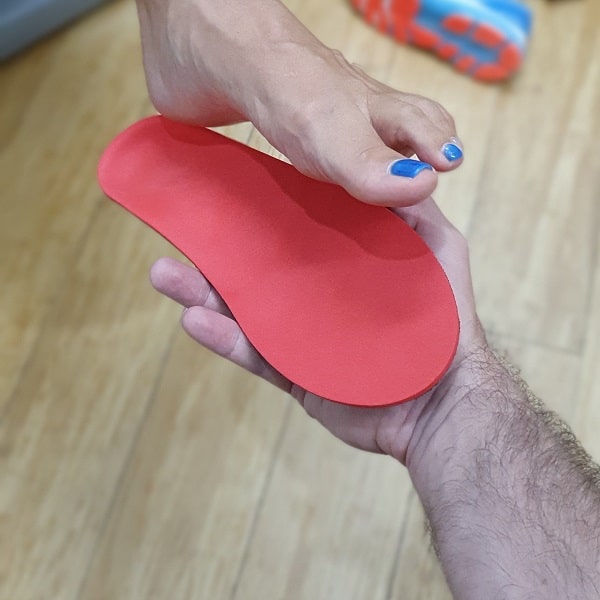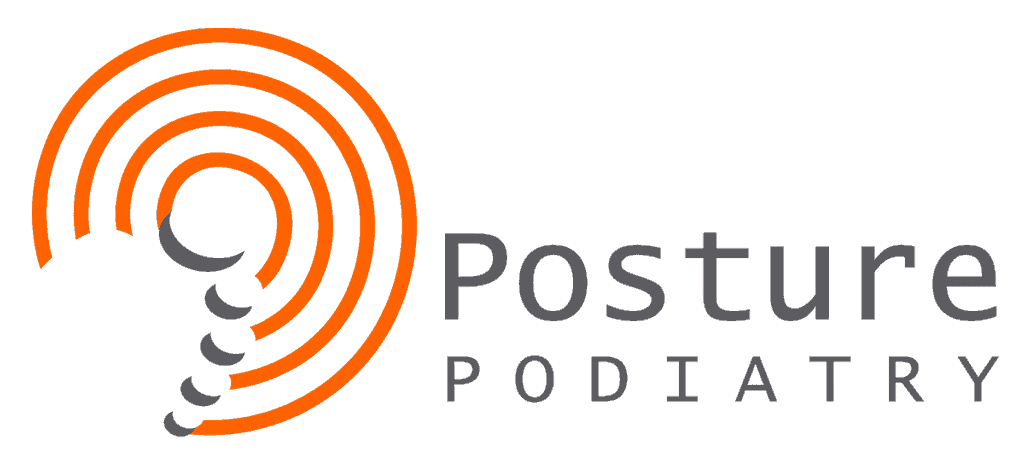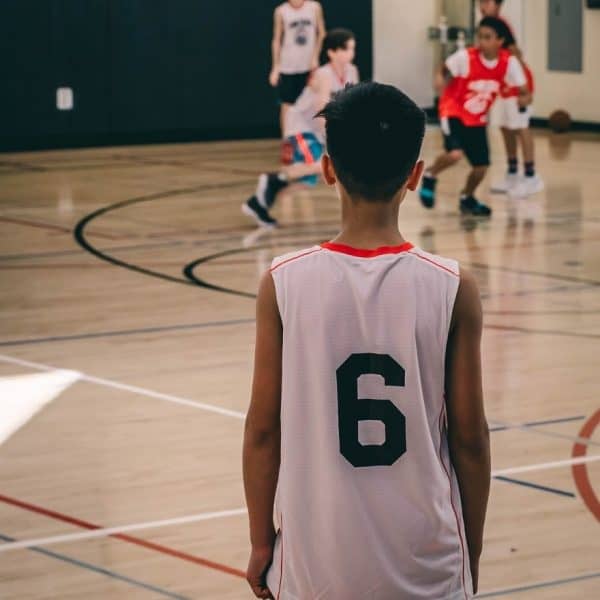Basketball and Your Feet
Basketball is one of the most physically and mentally demanding sports and is especially rough on the foot and ankle. Basketball’s movement variation with running, jumping, cutting, stopping, shooting, lay ups, jump shots and sudden changes in direction on a hard floor can place extreme pressure and strain on the foot and ankle. Posture Podiatry hopes to provide a few tips to help keep you pain free, on the court and off the side lines.
Game on
Without proper equipment and preparation, injuries can and often do occur. The two distinct injury types affecting basketball players are:
- Acute Injuries – caused by a sudden and forceful movement; and
- Chronic Injuries – which develop slowly and become aggravated over an extended period of time.
The most common acute injuries include ankle sprains, torn ligaments, muscle pulls or strains, tendon ruptures and fractures.
Chronic or overuse injuries can be caused by inadequate warm-up, poor conditioning, improper footwear, ill-fitting shoes, worn out shoes or a biomechanical abnormality that causes undue stress on the foot, ankle and leg.
Common chronic injuries sustained in basketball include:
- Plantar fasciitis;
- Arch strain, arch pain or aching feet;
- Heel pain or Sever’s disease;
- Shin splints or shin pain;
- Achilles heel pain, achilles tendonitis or tendinopathy;
- Posterior tibial tendonitis;
- Knee pain, patellar tendonitis or Osgood Schlatter’s disease;
- Sesamoiditis or pain in the ball of the foot;
- Blisters or calluses; and
- Stress fractures.

Different playing surfaces also have an effect on injuries. Indoor wooden courts offer the most shock absorption and are considered the safest courts, while outdoor courts of asphalt can be more dangerous and far less forgiving when falling over.
If you suffer with foot, ankle, knee or leg pain on or off the court,
call Posture Podiatry on 8362 5900 or book online here.
Basketball Injury Prevention
Although acute injuries occur following mid-air collisions, erratic lunges for a rebound, or scrambles after a loose ball, injury rehabilitation can be improved with proper conditioning, equipment and good court sense.
Stretching exercises and a gradual, activity-associated warm-up before beginning play, along with core stability improvements may help minimize the impact of chronic injuries before they happen, and can reduce the severity and likelihood of acute injuries.

Another means of injury prevention is appropriate footwear. Shoes should be basketball specific, lower to the ground with lots of ankle protection, and replaced regularly to ensure good grip and ankle support.
Basketball Injury Management
Acute injuries require immediate attention by a podiatrist, and an initial home protocol of Rest, Ice, Compression and Elevation.
Chronic injuries are often traced back to biomechanical abnormalities that place undue stress on the body. Lower extremity structural problems often seen in conjunction with chronic injury include high arches, flat feet, bow legs, knock knees and tight calf muscles. Podiatrists can address these biomechanical issues utilising a range of various modalities.
A thorough gait analysis and biomechanical assessment can reveal exactly what’s required to manage chronic injuries. Treatment may include:
- Selective stretching and strengthening programs;
- Shoe modifications;
- Strapping or taping of the foot and ankle;
- Dry needling and massage;
- Foot mobilisation; and
- Specific prescription orthotic devices.

Orthotics are specially constructed shoe inserts that help to control ground reaction forces and redistribute the body’s weight more evenly on the foot, ankle and leg. This in turn helps to realign the muscular movement around the knee and pelvis leading to reduced pain, improved function and better performance.
If you suffer with foot, ankle, knee or leg pain on or off the court,
call Posture Podiatry on 8362 5900 or book online here.





